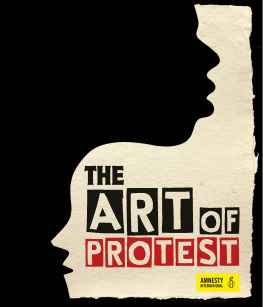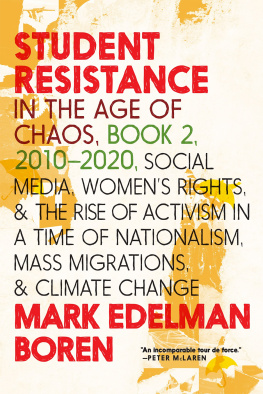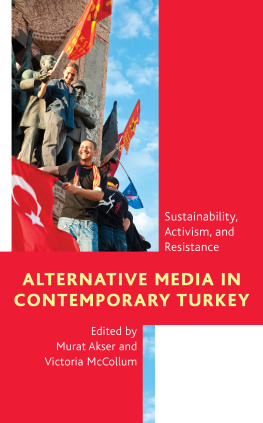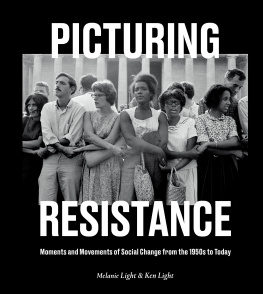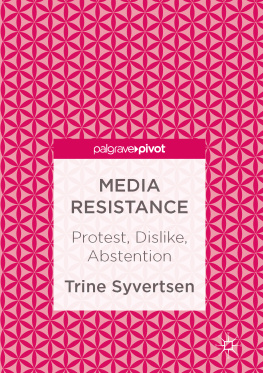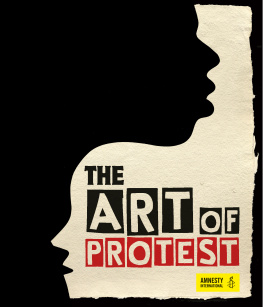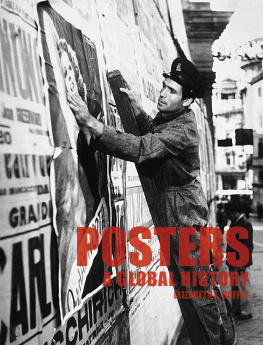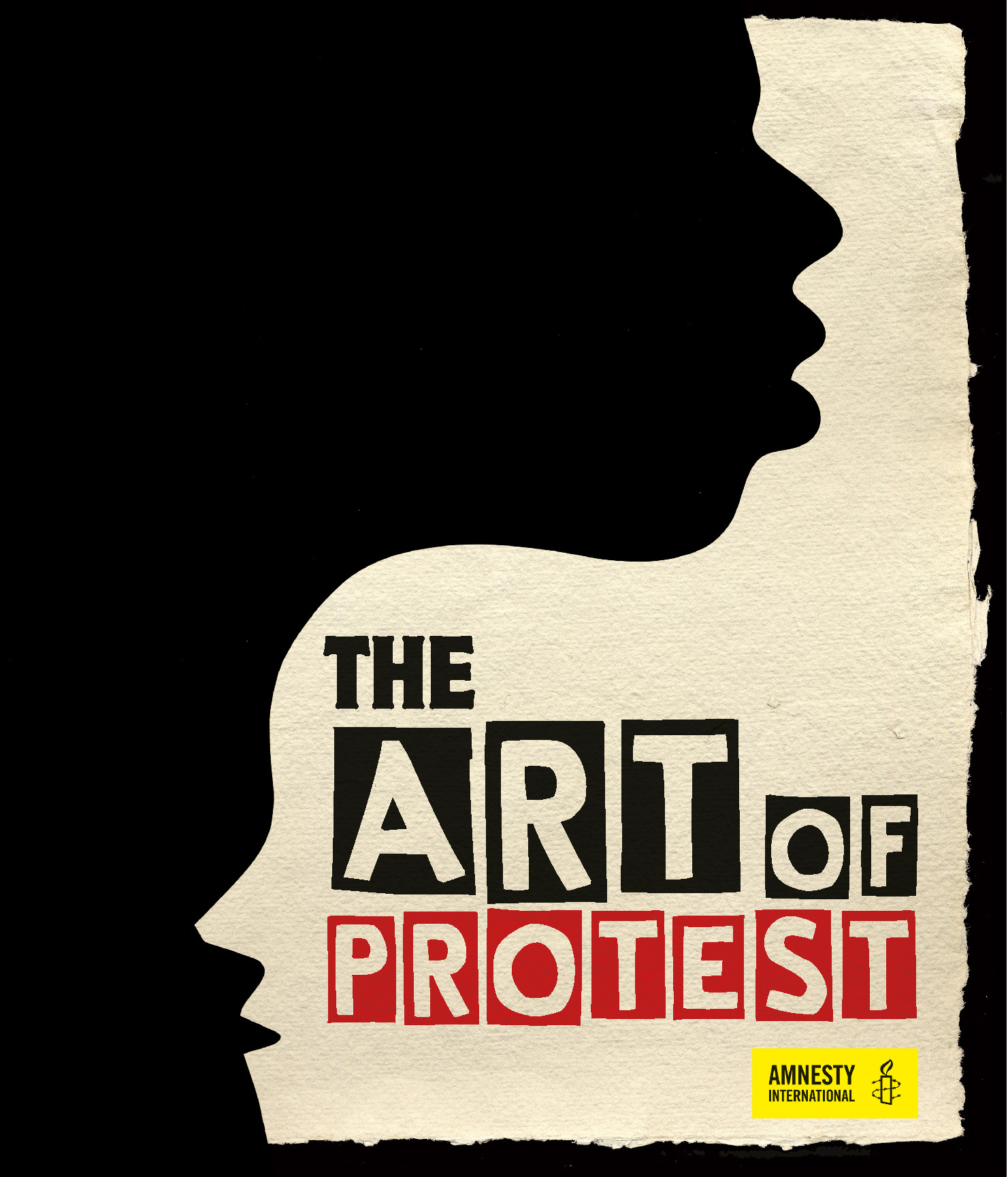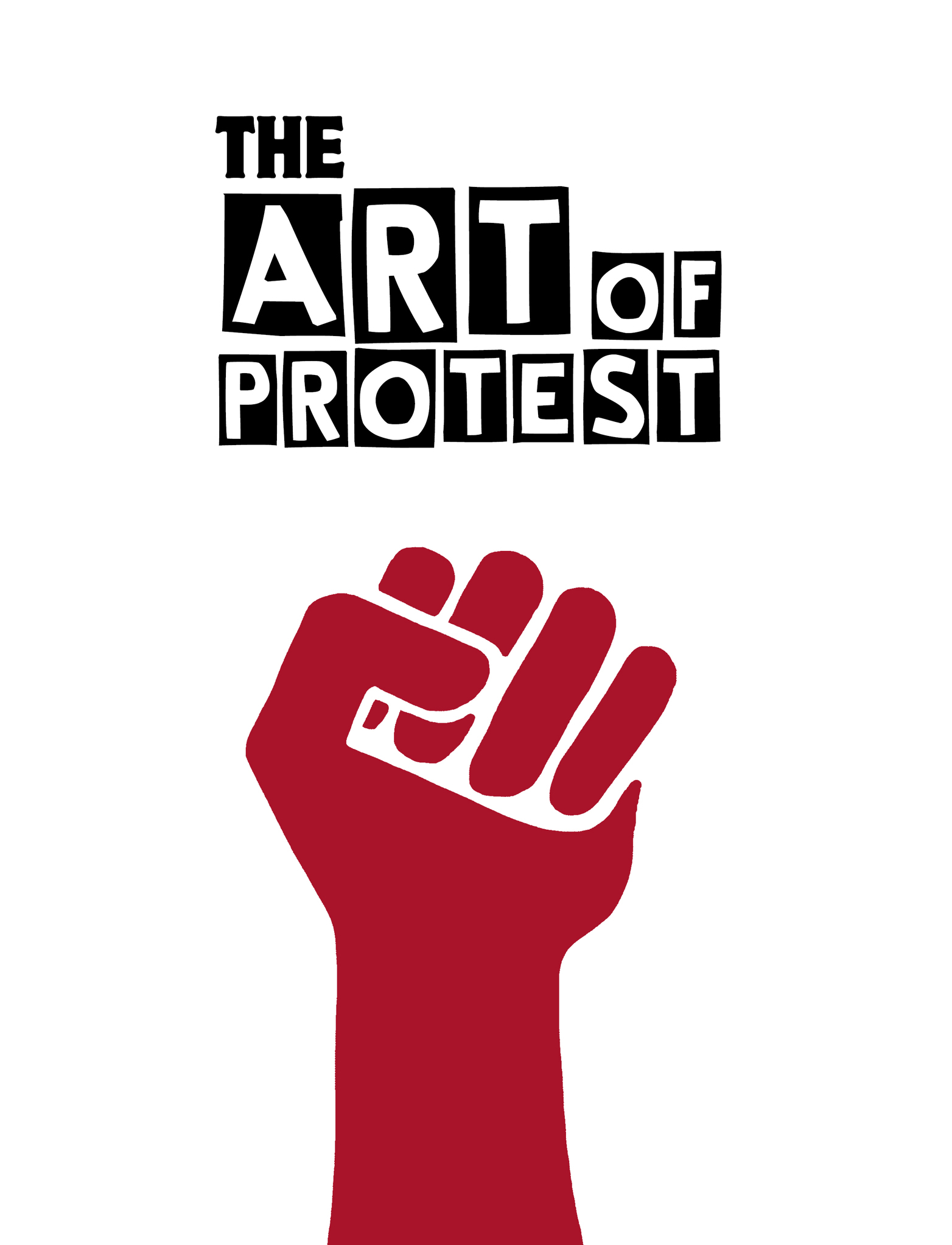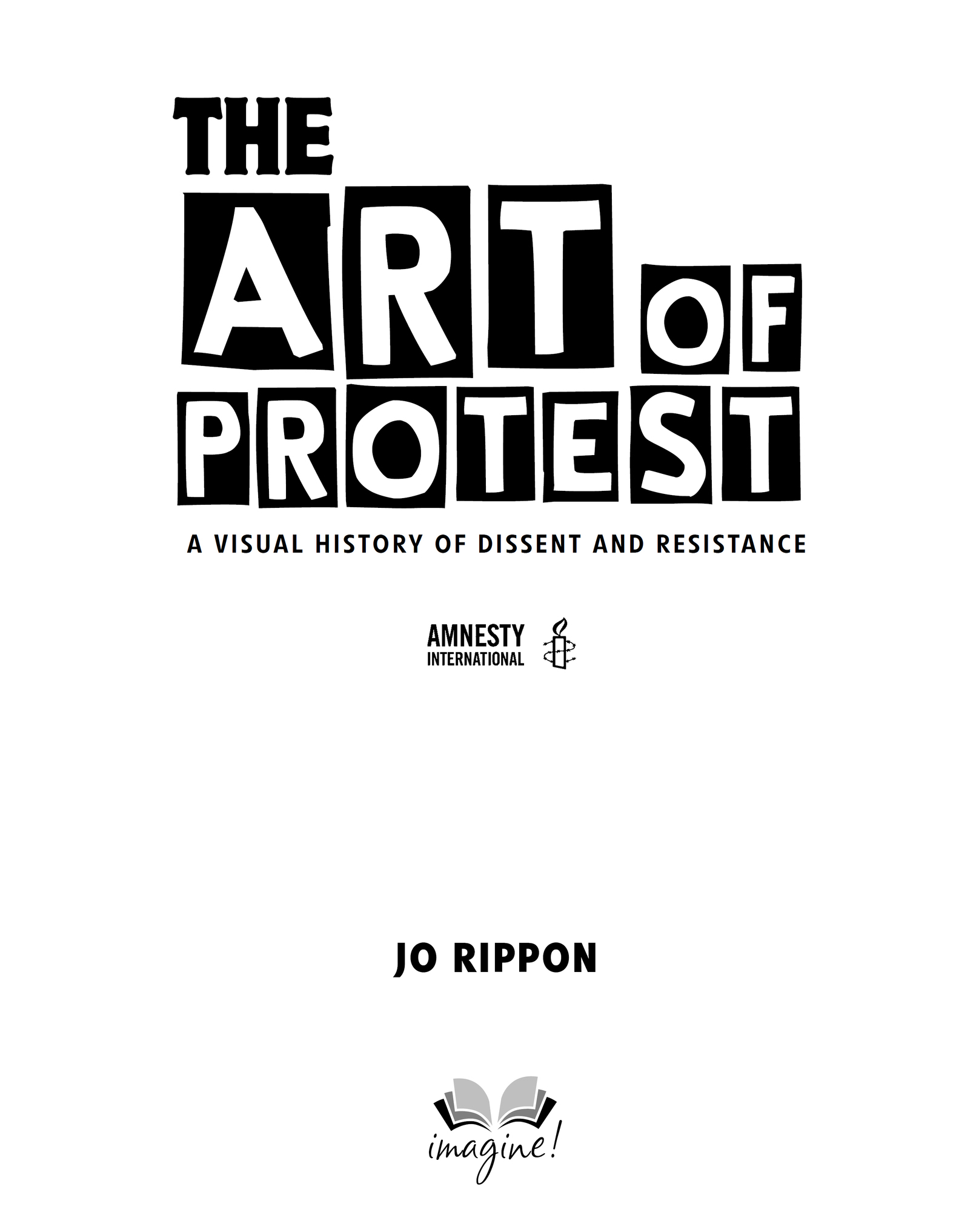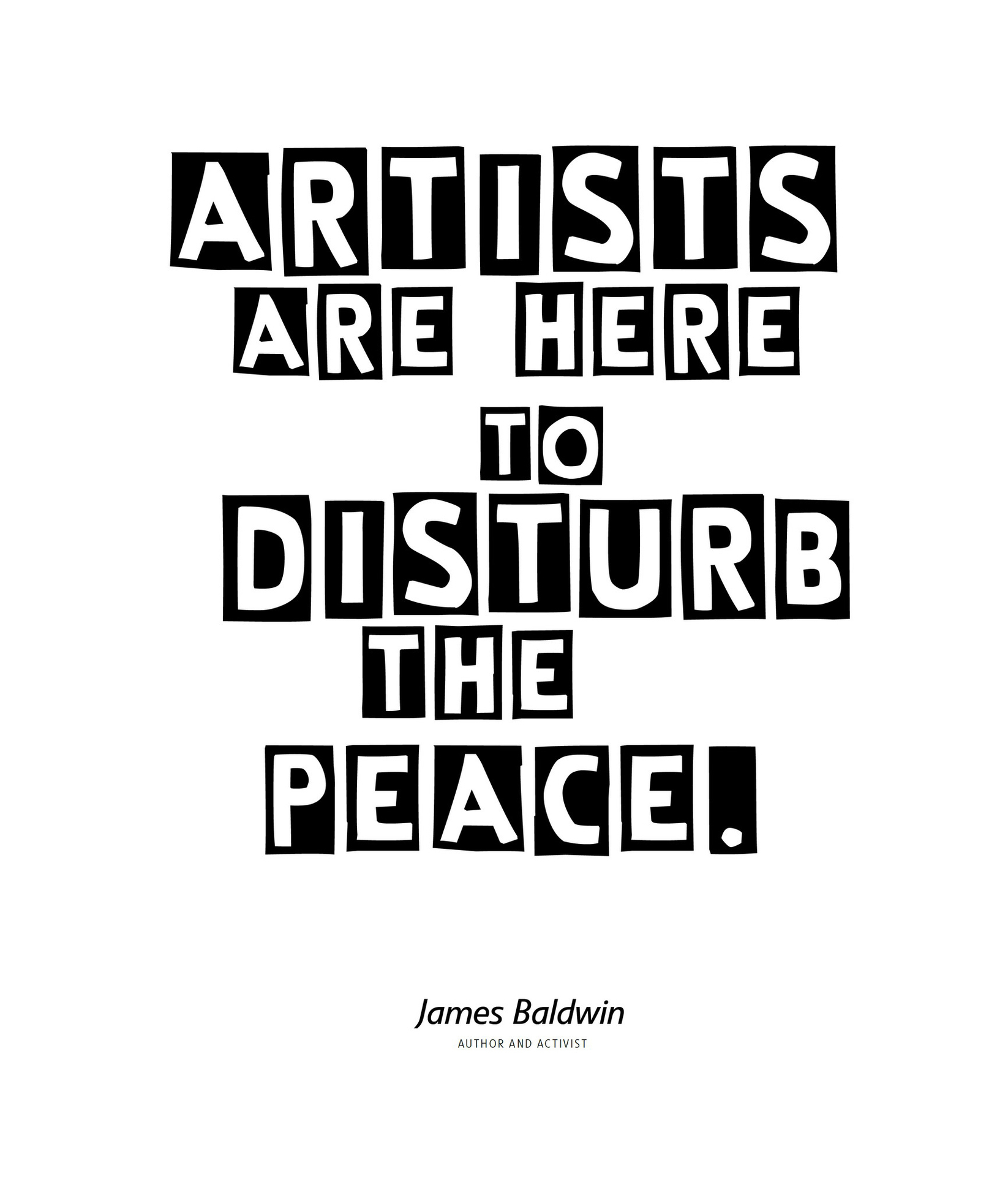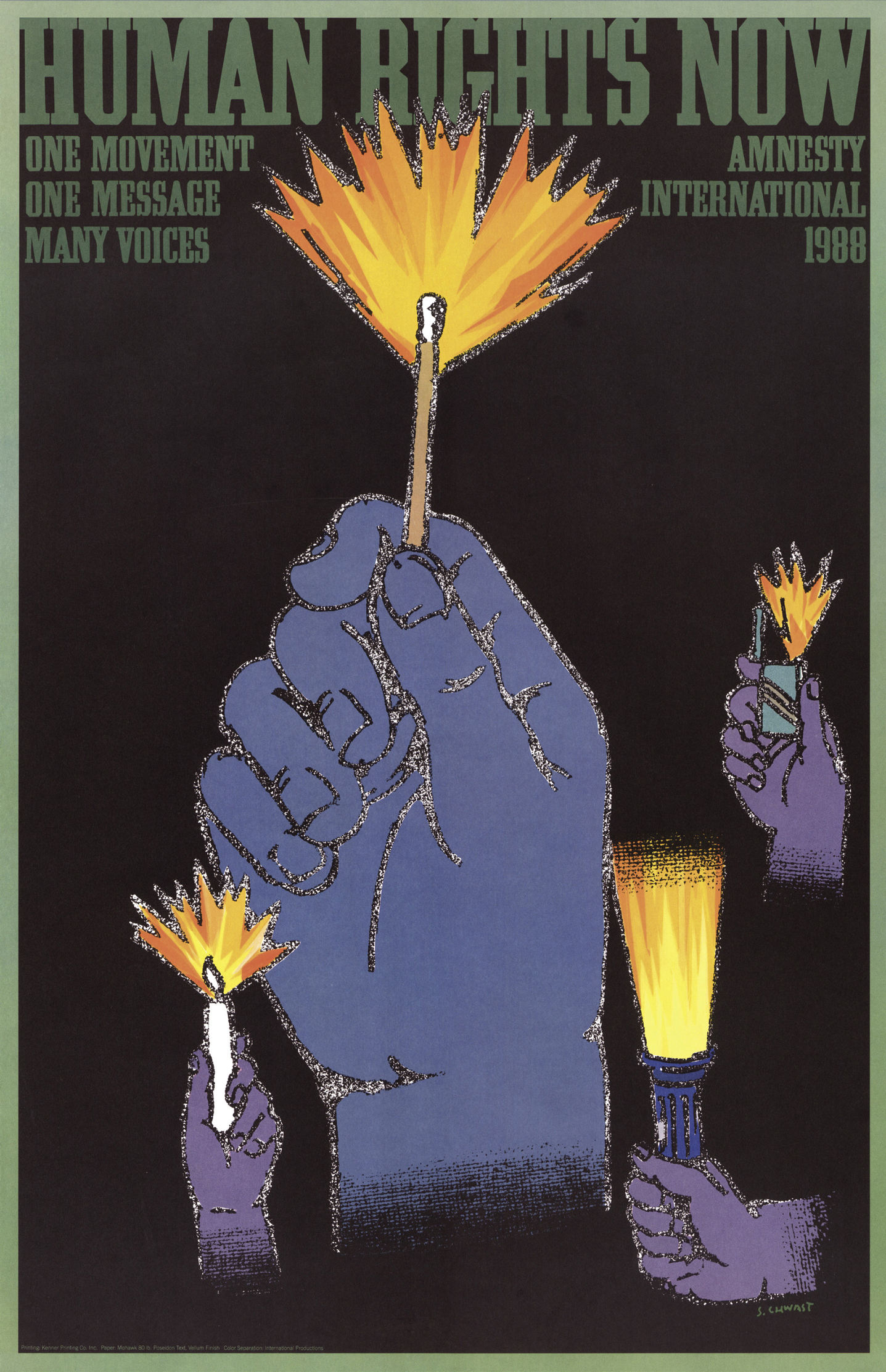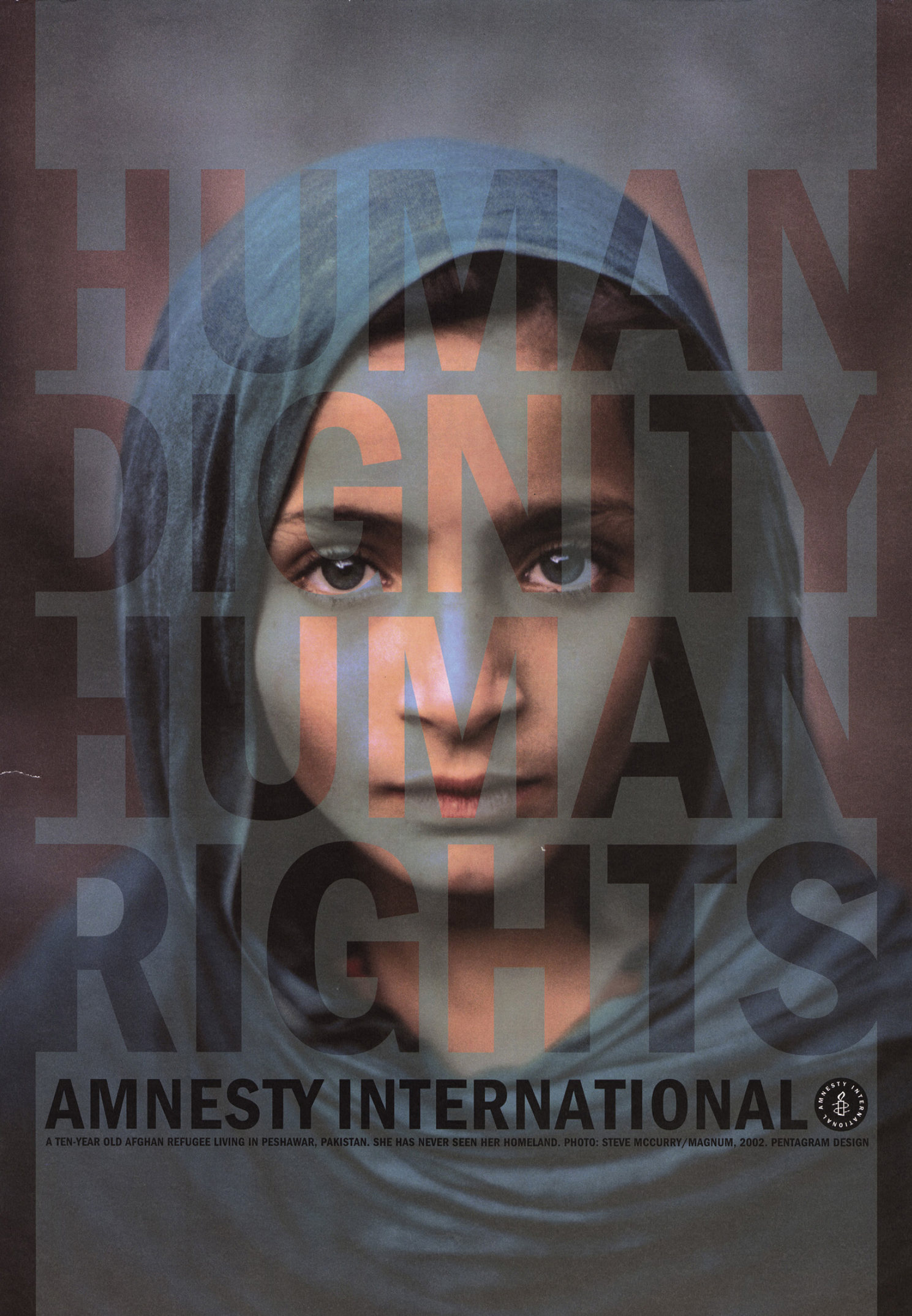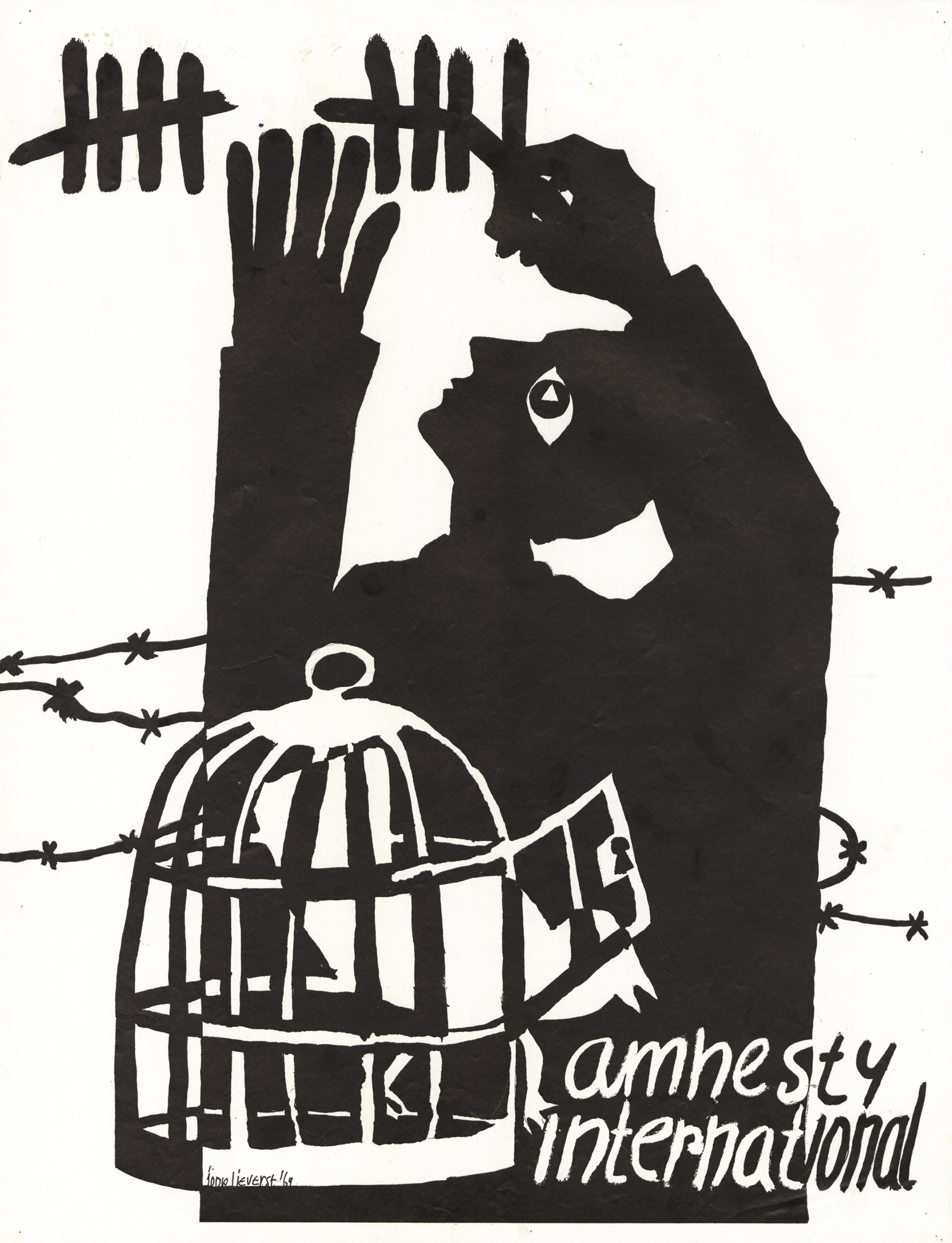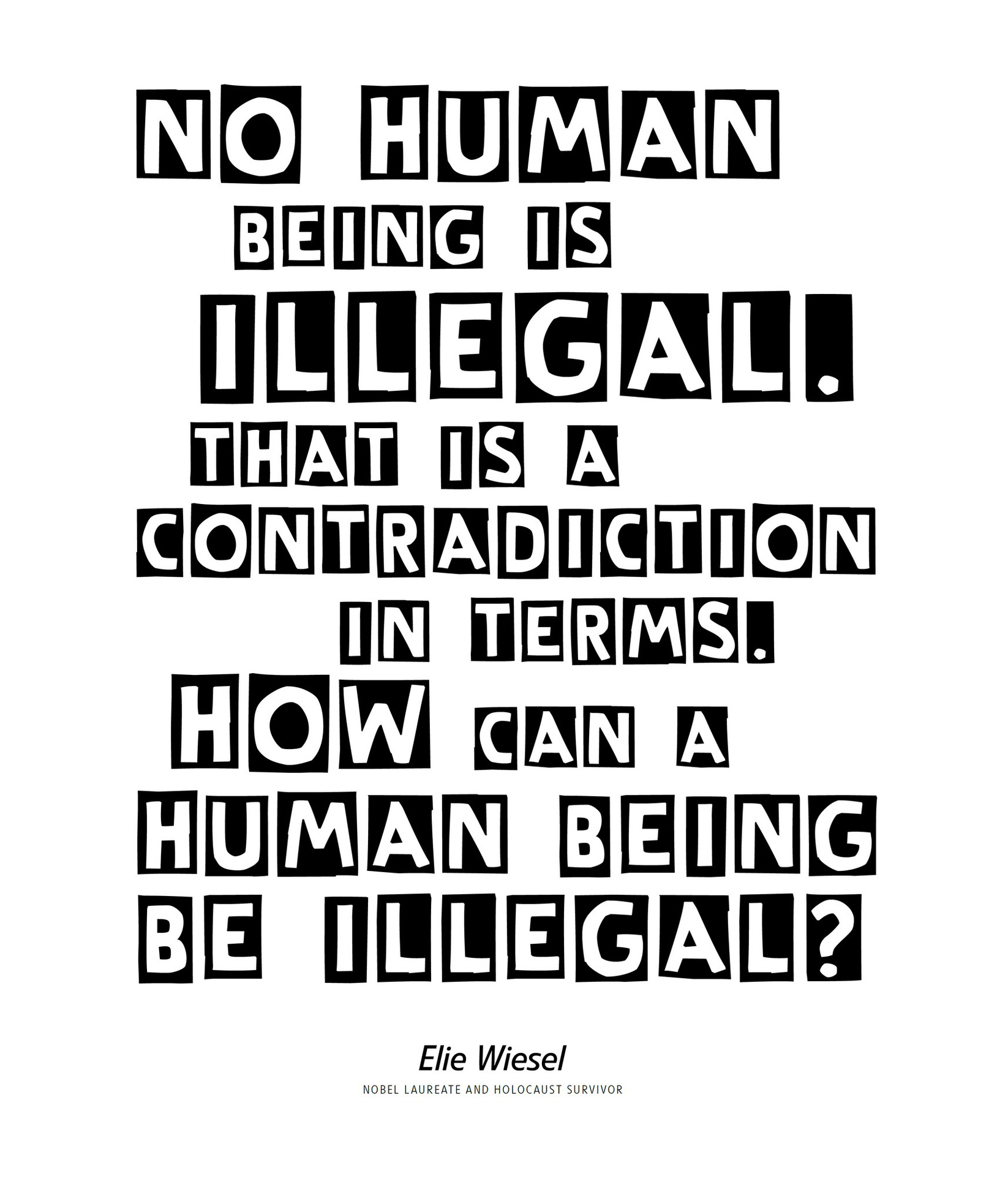All rights reserved, including the right of reproduction in whole or in part in any form. Charlesbridge and colophon are registered trademarks of Charlesbridge Publishing Inc.
At the time of this publication, all URLs printed in this book were accurate and active. Charlesbridge and the author are not responsible for the content or accessibility of any website.
Cataloging-in-Publication Data available upon request.
Ebook design adapted from printed book designed by Becky Clarke for Palazzo Editions
Featuring a drawing from American graphic designer Seymour Chwast, this poster was produced for the Human Rights Now! campaign in 1988. Human Rights Now! was a worldwide campaign to increase awareness of Amnesty International and to commemorate the fortieth anniversary of the Universal Declaration of Human Rights.
A NOTE FROM THE PUBLISHER
All over the world, human rights are under siege. In the halls of governments, in the streets of cities and towns on every continent, and along the borders between countries, the freedom for individuals to live their lives freely, equally, and in dignity, as Amnesty International reminds us in this book, is at risk and requires constant vigilance.
This is not a new story. The fight for social justice never ends; the areas of concern merely shift. Todays crises are familiar: the plight of refugees; the rise of hate speech and violence; and governmental policies and corporate priorities that put profit above a safe, green, and habitable world. But as the history, posters, and artwork in this book show us, the struggle to provide universal protection for human rights and social justice has been a long one, and over the last hundred years or so, the definition of those freedoms has broadened and is more inclusive.
This struggle has always required clear and compelling communication of its essential messages. Over time, visual imagery has provided a powerful vehicle for dramatizing injustice and urging reform. Posters, photographs, drawings, banners, and symbolsin the hands of committed and talented artistscatch the eye and convince the heart that, in so many ways and in so many places, human dignity is under threat.
World War I created a refugee crisis on a global scale. The Art of Protest begins with posters from that time that pleaded for those in safe harbors to help people in Europe and the Middle East who had been displaced by conflict and famine. Nearly a hundred years later, in his final speech to the United Nations in 2016, President Barack Obama noted the continued need for this type of messaging when he said, A nation ringed by walls will only imprison itself. Today, organizations that understand that simple but necessary sentence have created contemporary posters, also included in this book, that remind us that no human being is illegal.
The collection of posters here is not limited by geography or ethnicity. They are grouped and defined by identities of varying specificity, and their common theme is humanity. They demand justice for oppressed and marginalized people across boundaries: working men and women, indigenous groups, people of color, the LGBTQ community; those who fight for peace and better marshalling of our natural resources; and those who sought and continue to seek equal rights for womenfrom the suffragists to todays activists working to maintain abortion rights. These posters are informed by tolerance, and their creators were not afraid to be aggressive in the cause of justice. They are always informed by the belief that equality is a human right.
Such a belief demands a connection between people who need support and people who can provide it, and the artwork in this book gives us moving examples of how images can create this link and move us to action. Take this picture of an Afghan girl made by photographer Steve McCurry:
This ten-year-old Afghan refugee lives in Peshawar, Pakistan, and has never seen her homeland, the posters legend tells us. But the girls eyes say so much more. They convey concern and also strength and hope. The girls face is overlaid with a clear statement: Human Dignity, Human Rights. Such is the power of poster art and the marriage between image and language. We hope that as you look through the striking images presented here, you will think of both history and the contemporary world, and consider both where weve been and where were headed.
One movement, one message, many voices, a similar poster says. Imagine Books is pleased to present, in collaboration with Amnesty International, the many voices of this varied and powerful collection of posters that, across time and space, make such a vibrant and impassioned case for universal human dignity. Even now the call for positive change is urgent.
Prisoner of Conscience
Joop Lieverst for Amnesty International
1969, Netherlands
A prisoner of conscience marks off the days in his cell. In its early years, Amnesty International focused on Articles 18 and 19 of the UN Declaration of Human Rights, which deal with freedom of thought and expression.
Share
Alfred F. Burke for the Jewish Relief Campaign
1917, USA
The First World War decimated much of Europe, displacing large numbers of citizens, with European Jews among the hardest hit. Although they had fought on both sides, they were persecuted by both Russia and Germany for enemy collaboration. Cast as untrustworthy criminals, it was left to overseas Jewish communities, such as the Jewish Relief Campaign, to provide aid. Here, a colossal Columbia, goddess-like and wearing the cap of liberty, manifests almost dreamlike as she proffers the bounty of America to a huddled group of haggard refugees. Depicted in dark colors and appearing destitute, the group, one of whom reaches up towards the plentiful tray, present a stark contrast to the luminous colors of the posters radiant backdrop. To the right, the skyline of New York throws up the silhouette of the Statue of Liberty, which from around 1920 usurped Columbia as the nations favored epitome of freedom, perhaps due in part to the heavy publicizing of Liberty war bonds during the First World War.

